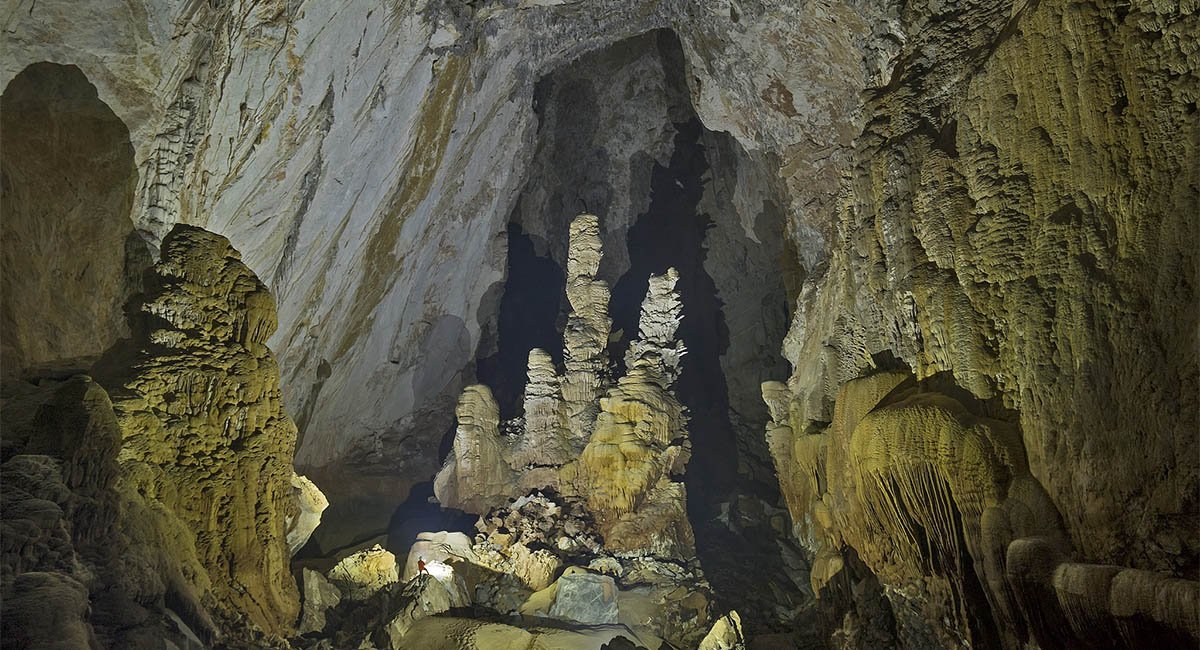Cherry blossom season

Cherry blossom season is known for attracting tourists to any city that has these ornamental cherry trees. More than 1.5 million people visit Washington, D.C each year for its National Cherry Blossom Festival, and Japan also experiences an influx of millions of tourists when the trees begin to bloom in March.
Did you know:


















